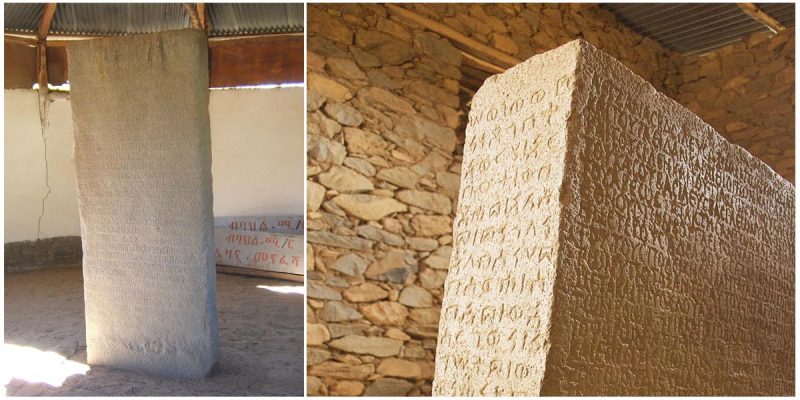The Ezana Stone is an artifact from the ancient Kingdom of Aksum. It is a stone monument which documents the conversation of King Ezana to Christianity and his subjugation of various neighboring areas, including Meroë.
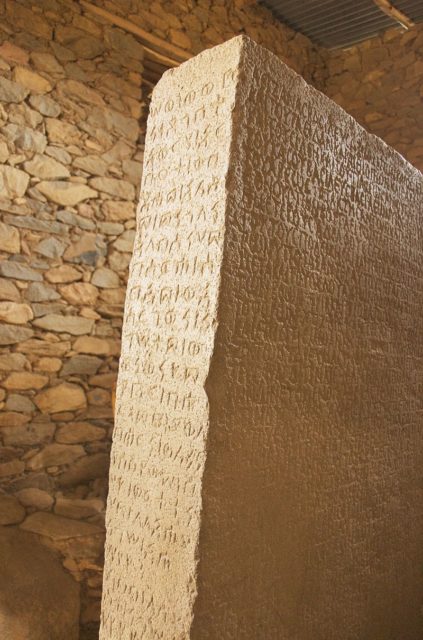
The Kingdom of Aksum (or Axum), also known as the Aksumite Empire, was a trading nation in the area of Eritrea and Northern Ethiopia. It existed from approximately 100-940 AD.
It grew from the proto-Aksumite Iron Age period in the 4th century BC to achieve prominence by the 1st century AD, as a major player in the commercial route between the Roman Empire and Ancient India.
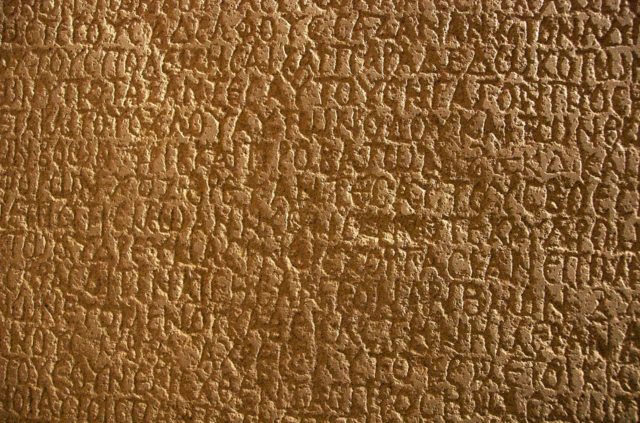
Ezana, the king of Axum, ruled in the 4th century. He was the first Axumite ruler to embrace Christianity but the inscription on the stone is from the pagan era, as Ezana calls himself the son of the deity Mahrem and the Christian God is not mentioned.
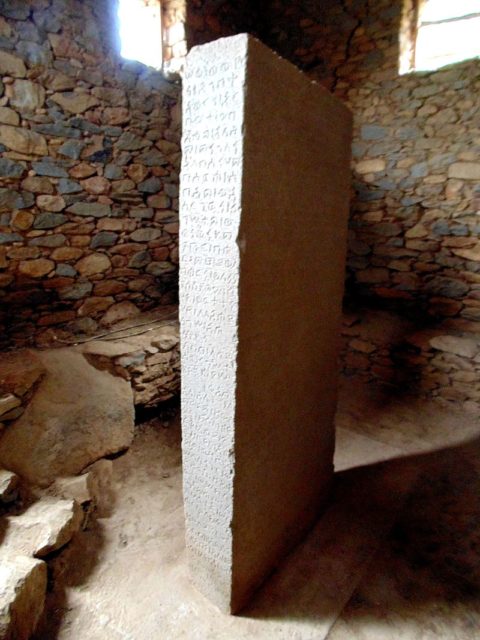
He fought against the Nubians and commemorated his victories on stone tablets written in Ge’ez (the ancient Eritrean/Ethiopian language), Sabaean (South Arabian) and Greek in praise of God.
His carvings in stone provided a trilingual monument in different languages, similar to the Rosetta stone.
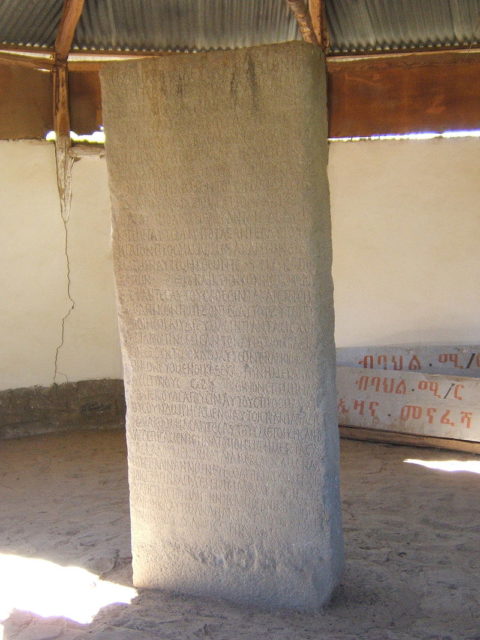
The Ethiopian Orthodox Tewahedo Church had its beginnings during this period. Rufinus’s Ecclesiastical History narrates that Saint Frumentius, a slave of the very young King, converted him to Christianity.
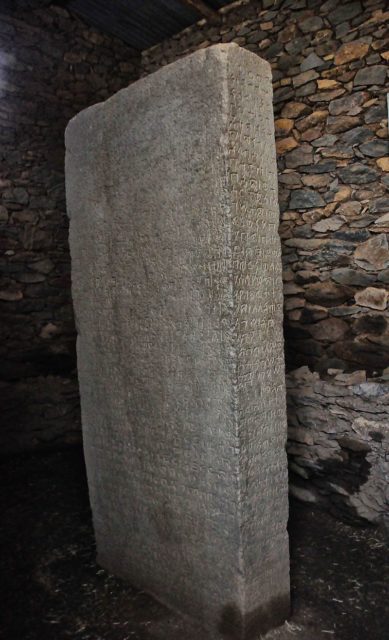
Towards the end of his reign, King Ezana launched a campaign against the Kushites around 350 which brought down the Kingdom of Kush.
Various stone inscriptions written in Ge’ez have been found at Meroë, the central city of the Kushites.
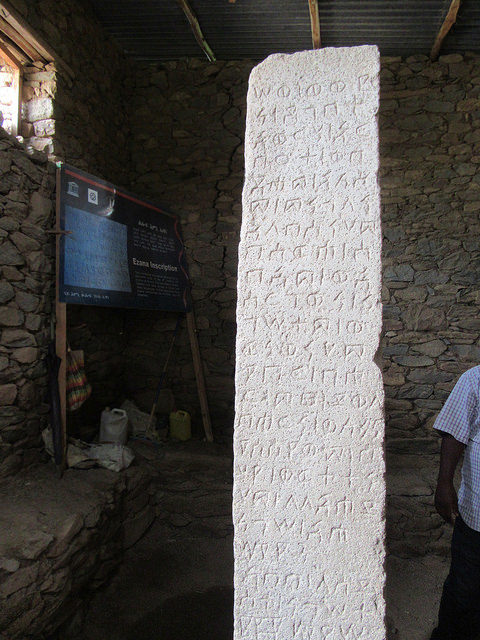
Christianity remained the primary religion in Ethiopia from Frumentius’s day to the present.
